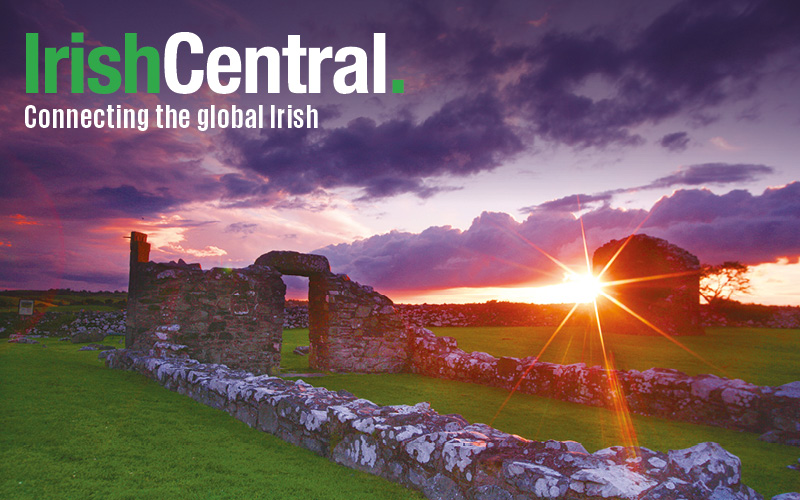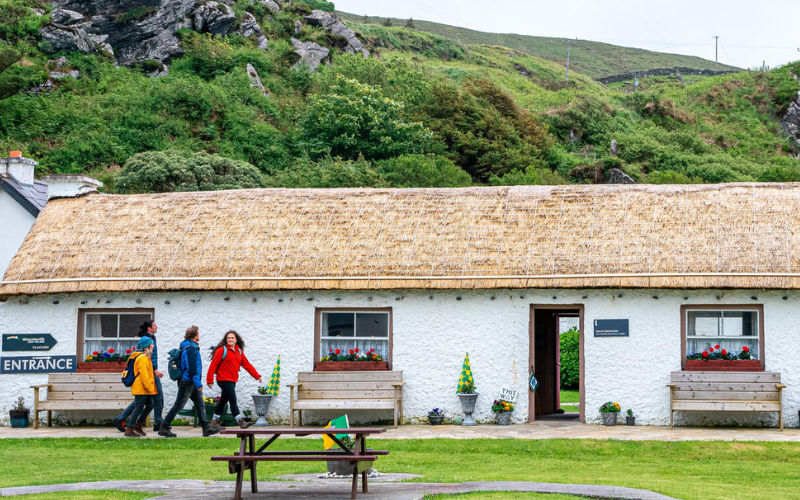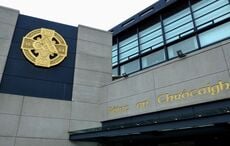The recession has affected all walks of American life and sport is just one of the many victims. Fewer fans are willing to pay top dollar and sponsors are hard to find.
But the global nature of the recession is boosting the fortunes of one particular sport: New York’s Gaelic Athletic Association.
The storied 95-year-old amateur football league is experiencing a revival as laid-off footballers have fled Ireland for America.
At Gaelic Park in the Bronx, players showcase the requisite skills for Gaelic football – a hyper-charged hybrid between rugby and soccer. They punt and shoulder tackle, sprint and toe-tap, handling the ball - as if it were covered in Velcro - just like their counterparts in Ireland.
But these players are amateurs who, off the pitch, must earn a living. The majority are construction workers; the overwhelming majority Irish immigrants - some illegal, others legal - like Gary Dowd, a New York City union construction worker.
Dowd, 32, is a midfielder for team Donegal. He first emigrated to this Irish working class neighborhood in the Bronx 10 years ago, and as he often likes to say enthusiastically, “I’m back in New York, and I’m here to stay.”
Two years ago, deflated, Dowd had returned home to Ireland for good because it was increasingly difficult to maintain his working status following September 11, 2001. At the time, he also thought he was returning to a land that would be flowing with milk and honey. In January, 2007, the Irish economy - the so-called Celtic Tiger - was roaring. But then, six months later, the credit crunch hit, the real estate market dried up, and, Dowd says, everything just went “belly up.”
“Buildings were shutting down. Banks had no money. People were under severe pressure,” Dowd said. “And at the moment, it’s still getting so bad yet.”
Before it got worse, Dowd applied for a working visa last year and came back to the Bronx, and now he’s truly "here to stay" because unemployment has reached nearly 20 percent in Ireland. That’s the worst joblessness rate in Europe, and it has triggered some of the most talented amateur Irish footballers to emigrate here in search of jobs, infusing New York City’s one-time thriving Gaelic football league once again with some much needed young blood, and, Dowd says, more players are on the way.
“There are plane loads. Slowly but surely they’re coming back,” Dowd said.
Gaelic football is the most ubiquitous and popular sport in Ireland, and if you close your eyes for a second here at Gaelic Park, under the stadium night lights, you might actually think you were there, looking over a green pitch in Dublin. Celtic music plays over loud speakers as Down squares off against Donegal. Up in the aluminum bleachers, fans sip silky black pints of Guinness. An Irish republic flag flaps in the wind above the scoreboard.
Hundreds of fans watch as Down takes the lead for good over Donegal. Among them is, John Lahey, a retired footballer. At 82, Lahey can recall Gaelic football’s first heyday in New York. It was in the 1920s when emigration from Ireland was an open door and tens of thousands made their way to America every year. But Lahey more easily recalls the sport’s second heyday, in the 1950s. At that time he was working as a grocery store manager in Manhattan by day and playing for team Kerry by night.
“Gaelic Park for the average Irish-American family in the ‘50s was the greatest play pen in the United States,” Lahey said.
In the early 1950s, the association had nearly 40 football teams, each of which had at least 25-men on their rosters. That’s over 1,000 players. And each weekend, after Sunday Mass, an additional 8 to 10,000 fans would descend on Gaelic Park. Lahey says local parish priests would even cut services short just so that fans could get over to Gaelic Park in time for kick off.
“Everybody came up here, brought their kids, the gates were closed, they were safe, nobody bothered them, and then in the dance hall they would start the music maybe around 2:30 or 3 o’clock, and all the kids would go in there and dance their head off,” Lahey said.
For a decade, from the early 1950s to the 1960s, it was quite the summer evening event at Gaelic Park. But that scene began to fade when President John F. Kennedy signed an agreement with Ireland's President Eamon De Valera to reduce the number of emigrant visas in order to ensure that the cream of the young Irish workforce would remain in Ireland and help the ailing economy there. As a result, the waves of Irish reaching American shores eventually dwindled to a trickle and the crowds at Gaelic Park receded.
More recently, immigration laws tightened, and more footballers, like Gary Dowd, returned home. After the game, which Donegal lost, 16-10, Dowd recalled those years when players were flocking home to Ireland: “The immigration thing...was so bad...once they went back to Ireland that was it, they pulled the pin.”
As more and more players “pulled the pin,” the association lost steam, including a quarter of its football teams. The number of teams fell to 30 in 2007. Those teams remaining struggled to simply scrap enough footballers together to field the minimum 15. Some teams merged; others folded. But now, as players resurface in America, league officials hope it will bode well for the association.
“The teams are sustaining themselves now,” said Larry McCarthy, the current GAA president. “And there’s also hope that a lot of these guys may stay around because of the economic situation in Ireland.”
Since its founding in 1914, McCarthy says, the GAA has depended on the ebb and flow of immigration and the Irish and American economies. Originally from Galway, the bespectacled sports marketing professor says although it’s sad to see Irish companies shedding jobs, he hopes the influx of players in New York might reinvigorate competition. McCarthy says this winter marked the first season in decades in which players were not talking about going home.
“The talk has been of staying and more people coming,” McCarthy said. “They’re like the swallows coming back to Capistrano. They’re back here again."




Comments